
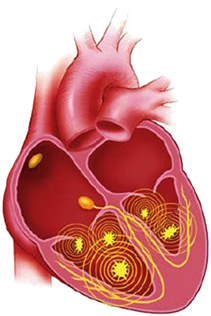
Multiple Micro Re-entries
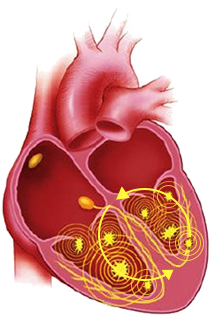
Mother Rotor Re-entry Circuit

R-on-T Phenomenon and Ventricular Fibrillation

Coarse Ventricular Fibrillation

Fine Ventricular Fibrillation

Fine Ventricular Fibrillation and Asystole
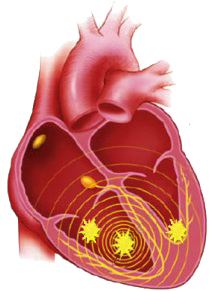

Polymorphic Ventricular Tachycardia
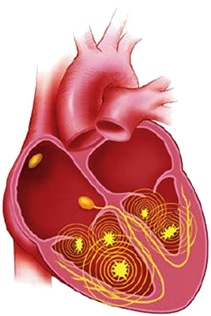

Ventricular Fibrillation



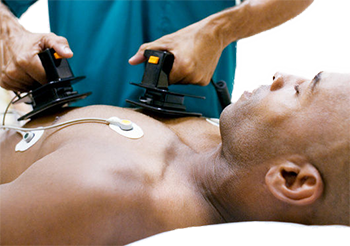

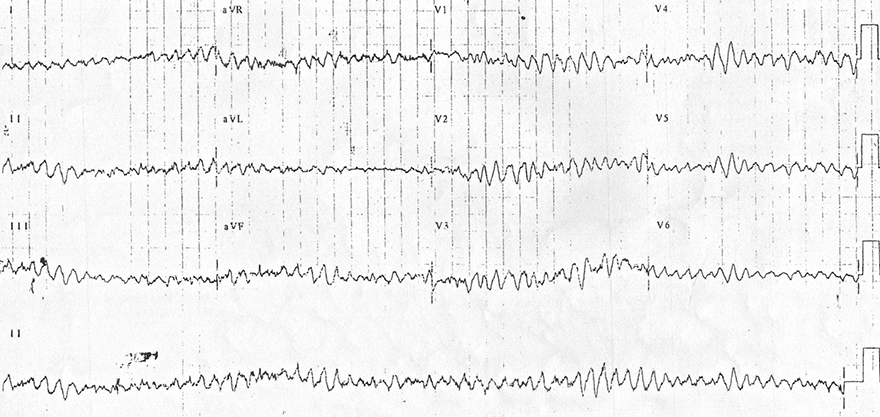
Ventricular Fibrillation

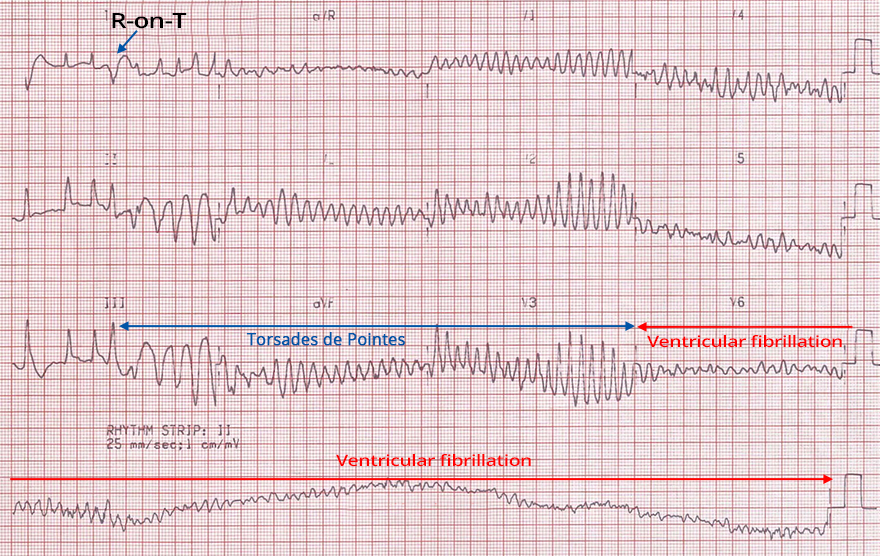
Ventricular Fibrillation

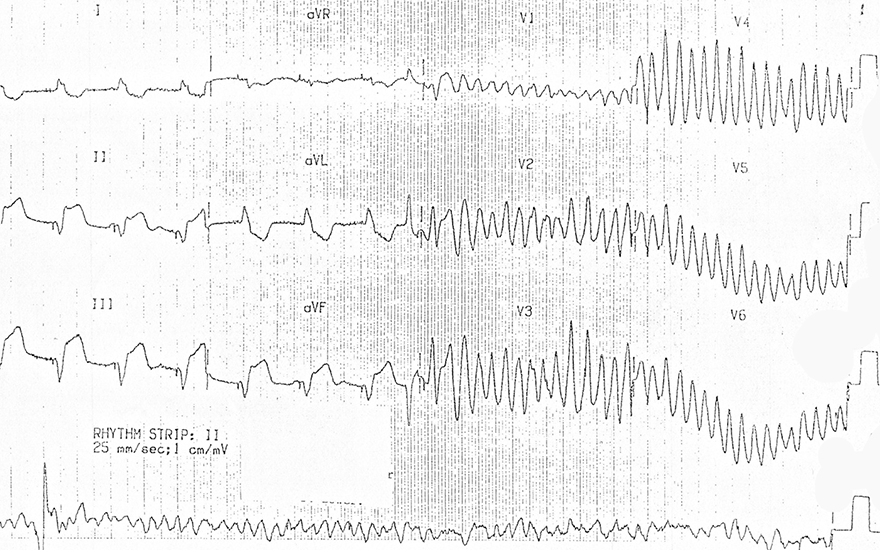
Ventricular Fibrillation

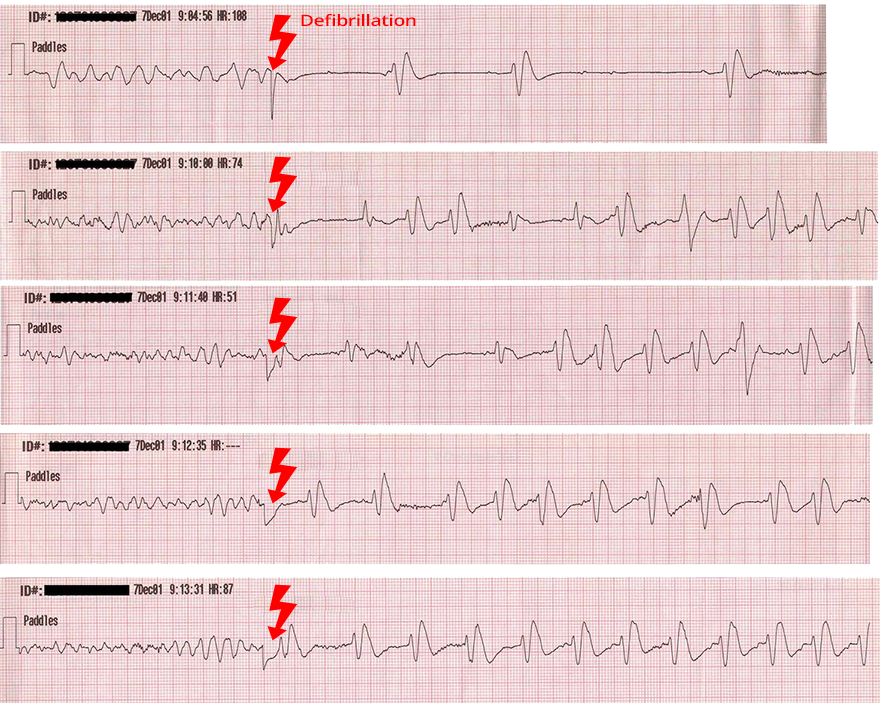
Ventricular Fibrillation and Accelerated Ventricular Rhythm
Sources
Ventricular Fibrillation
|

|

|

|
|
Multiple Micro Re-entries
|
Mother Rotor Re-entry Circuit
|

R-on-T Phenomenon and Ventricular Fibrillation

Coarse Ventricular Fibrillation

Fine Ventricular Fibrillation

Fine Ventricular Fibrillation and Asystole

|

Polymorphic Ventricular Tachycardia
|

|

Ventricular Fibrillation
|
Defibrillator
|

|

|
 |
Defibrillation
|

|

|
Ventricular Fibrillation
|

|

|
Ventricular Fibrillation
|

|

|
Ventricular Fibrillation
|

|

|
Ventricular Fibrillation and Accelerated Ventricular Rhythm
|

|
Sources